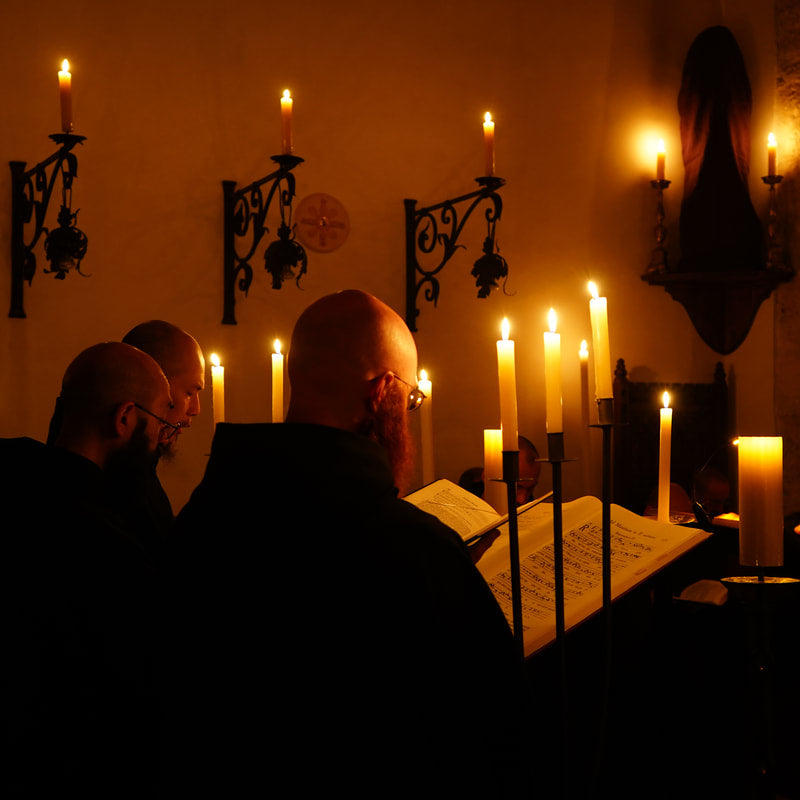What is a Benedictine Monastery?
A Benedictine monastery is a religious community that follows the Rule of Saint Benedict, a set of guidelines written by Saint Benedict of Nursia in the 6th century. The Rule emphasizes a life of prayer, work, and community, providing a framework for monks and nuns to live a balanced and disciplined life.
Origins and History
The Benedictine Order traces its roots back to Saint Benedict, who established the first monastery at Monte Cassino in Italy. Since then, Benedictine monasteries have spread across the globe, becoming centers of spirituality, education, and hospitality.
During the Middle Ages, Benedictine monasteries played a crucial role in preserving knowledge and culture. Monks dedicated themselves to copying and preserving ancient manuscripts, ensuring the survival of valuable texts from antiquity. They also served as centers of education, providing schooling for local communities.
A Day in the Life of a Benedictine Monk
Life in a Benedictine monastery follows a structured routine, balancing prayer, work, and communal activities. Monks typically rise early in the morning for the first prayer service of the day, known as Vigils or Matins. Throughout the day, they engage in various forms of prayer, including the chanting of psalms and meditative reflection.
Work is an essential part of monastic life. Monks engage in tasks such as farming, brewing, bookbinding, and hospitality. Through their work, they sustain themselves and contribute to the well-being of the community.
The Benedictine Influence
Benedictine monasteries have had a profound impact on society throughout history. They have been centers of learning, preserving knowledge and promoting education. Many renowned universities, such as Oxford and Cambridge, have their roots in Benedictine monastic schools.
These monasteries have also been pioneers in agriculture, developing innovative farming techniques and cultivating medicinal herbs. They have played a crucial role in the development of local economies, providing employment and support to surrounding communities.
Modern-Day Benedictine Monasteries
Today, Benedictine monasteries continue to thrive, adapting to the challenges of the modern world. They welcome visitors seeking spiritual retreats, offering a peaceful environment for reflection and contemplation.
Some monasteries have also embraced technology, using social media and online platforms to share their wisdom and teachings with a wider audience. They provide virtual retreats, online courses, and spiritual guidance, ensuring that the wisdom of the Benedictine tradition reaches people around the globe.
Conclusion
Benedictine monasteries stand as timeless symbols of spirituality, discipline, and community. Their rich history, daily routines, and enduring influence make them a fascinating subject of study. Whether you are seeking spiritual enlightenment, historical knowledge, or simply a moment of tranquility, a visit to a Benedictine monastery can offer a profound and transformative experience.



4 comments
Les pido oración de Argentina por el grupo de oración Virgen de Guadalupe en Cañada de gomez Argentina.
Por la sanación y liberación si los pueden ayudar con sus oraciones gracias y bendiciones de Argentina
Les pido oración si los pueden ayudar por la sanación y liberación del grupo de oración de la capilla virgen de Guadalupe de Cañada de Gómez sArgentina gracias y bendiciones si los pueden ayudar
Les pido oración si los pueden ayudar por la sanación y liberación del grupo de oración de la capilla virgen de Guadalupe de Cañada de Gómez sArgentina gracias y bendiciones si los pueden ayudar
entedia que un grupo religioso muy dedicado a la oración y alabanza a Díos.